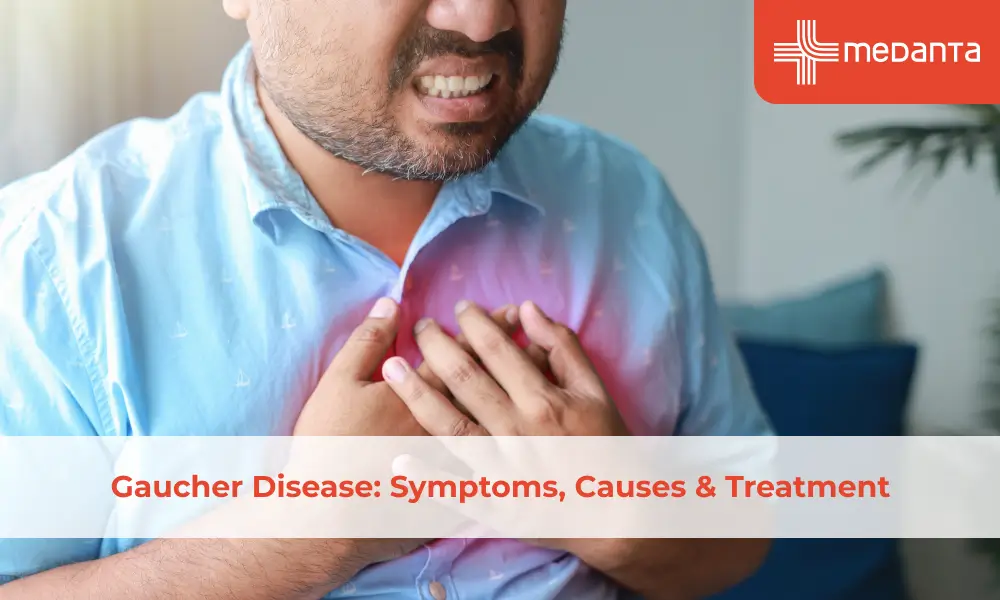Unmasking Sarcoma: Understanding Symptoms, Treatment and More.

One of the rarest forms of cancer is sarcoma. Often overlooked by many, it presents a notable health concern warning our focus. Among limited information and awareness about sarcoma, the sarcoma awareness month can serve as a great medium to shed light on the disease. In the following blog, we delve into its risk factors, complexities, strange symptoms and possibilities of treatment. We also discover how to manage sarcoma with all the information available till now.
|
Table of content: |
|
Individuals at Risk
Sarcoma is a cancer that knows no limits. It can take place in any gender and at any stage of life. It doesn’t know the age boundaries or other limitations. In fact, most of the sarcoma sufferers are said to be children today. More than 15% of all the cases have been said to be paediatric cases. This alarming information indicates increasing awareness among youngsters now.
However, no matter the number of cases, sarcoma reaches adults too. For some adults, the growth of sarcoma in their body can be due to any genetic factor. It can also be due to the exposure to specific chemicals. These risk factors make them get regular screenings and remain cautious at all times.
Furthermore, a family history of sarcoma can raise the chances of suffering from it in youngsters. Early identification and intervention can help individuals improve their chances of survival and living a healthy life ahead. A successful treatment is directly connected to proactive steps.
Distinctive Symptoms of Sarcoma:
Sarcoma originates in different connective tissues in the body. This makes it difficult to identify in early stages. With more than 70 types of sarcoma, locating the tumours and affected body areas can be very difficult. Sometimes, the signs go unnoticed and are only grasped when it's too late. These unique symptoms of sarcoma take away a lot of lives every year.
Common Sarcoma Signs To Not Ignore:
Although there are some special symptoms depending on the type of sarcoma, there can be some common signs too. These signs, if not ignored, can raise the chances of survival for several individuals. They include:
- Lumps or swelling: Often cancers have a peculiar kind of swelling or lump present in the affected area. Acknowledging it can help an individual acknowledge sarcoma immediately.
- Pain: Several diseases are recognized with discomfort and pain. Sarcoma can also be identified with the help of body pain, especially in the affected area.
- Limited mobility: When an individual finds it difficult to move, there are heavy chances that he or she is suffering from sarcoma.
- Weight loss: We all undergo weight loss, if made plans and executed of. But losing weight unexplainably can be a major sign of sarcoma cancer.
- Fatigue: Sarcoma can make a person feel weak and vulnerable often.
- Visible growth or development of mass: Some cases can reflect visible mass in the affected area. Do not ignore it as sarcoma often has a common sign of mass growth.
It is important to always keep in mind that these signs and symptoms can overlap with other diseases and conditions. Seeking immediate medical attention and help can raise the chances of survival. X-rays, CT scans, MRI scans and other physical examinations must be done before concluding any major disease.
Managing Sarcoma
Various factors can affect sarcoma management such as the type, stage, location and the individual’s overall well-being. The treatment approach can majorly consist of the following-
- Surgery: The main objective of this process is to remove cancer cells effectively. It is also to make sure that the cancer doesn’t occur again in the individual. Reconstructive surgery and amputation may be important in some special cases.
- Radiation therapy: Administered externally or internally for a specific duration, radiation therapy is used to target and eliminate cancer cells immediately.
- Chemotherapy: This medical solution provides special drugs to remove cancer cells and avoid any kind of residue after surgery.
- Immunotherapy: This treatment method uses different types of drugs to boost the immunity of the person suffering from cancer in order to attack cancer cells and reduce the risk of recurrence in the body.
Adding to the above treatment options, targeted therapy and ablation therapy can also prove to be highly beneficial for certain individuals. Personalised treatment options and plans are always important to reduce the risk of cancer cells to the maximum level.
Awareness and prevention:
Besides treatment and chemical solutions, leading a healthy lifestyle is very important. Creating a routine that avoids use of specific chemicals and opens the door of regular check-ups can help in preventing cancer. Awareness among individuals is essential to reduce the risk of cancer growth in the coming times. Visiting healthcare professionals and different communities can spread the information faster than it is right now.
This blog has been converted from the PR article - Explained: Sarcoma Awareness Month: Symptoms And Treatment Of The Often-Undiagnosed Cancer






